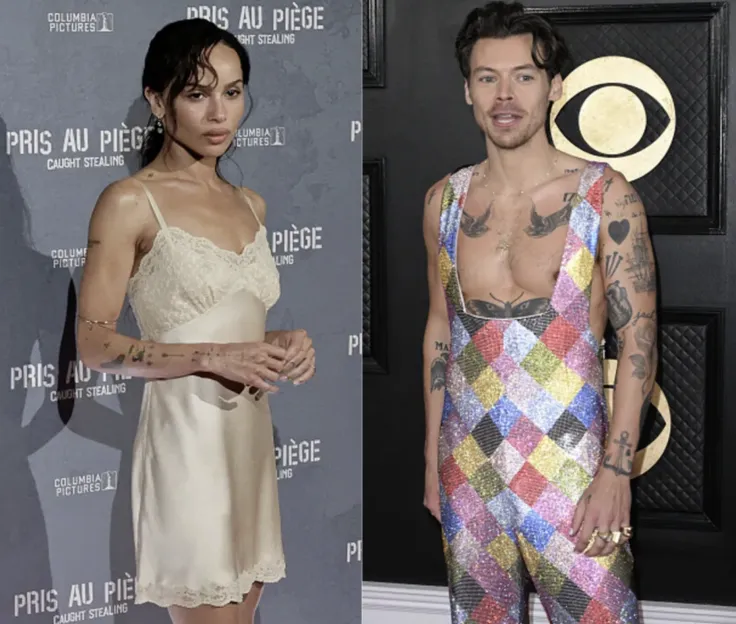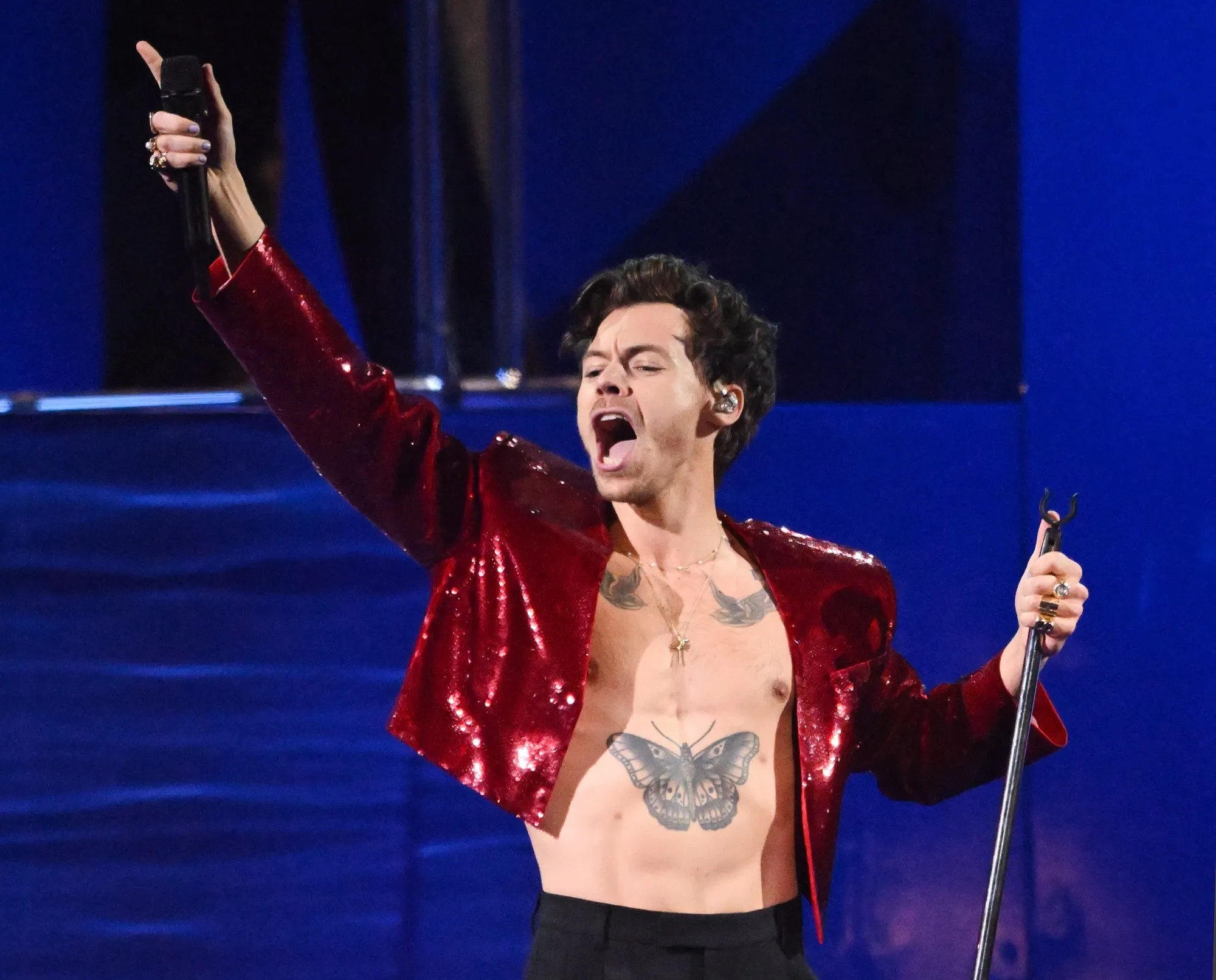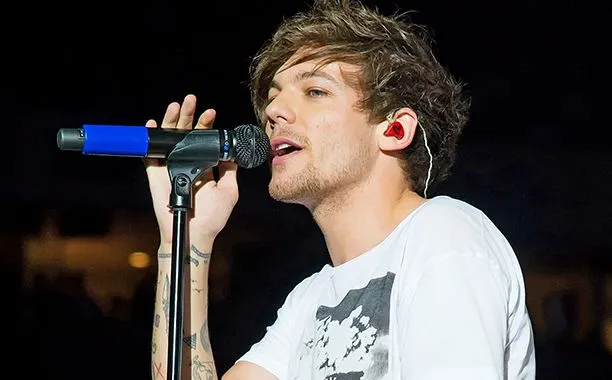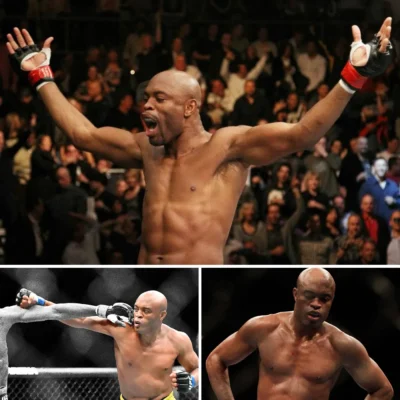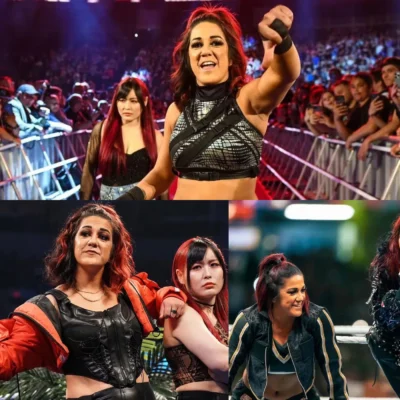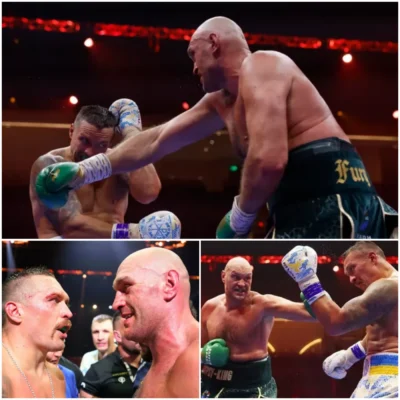

Seeing the World Through Troye Sivan’s Colors
The Unspoken Palette: Troye Sivan’s Hidden Spectrum
Some artists write songs, others create visuals—but Troye Sivan does both in a way that feels almost otherworldly. His music doesn’t just play through speakers; it paints itself across the mind, layering emotions with colors that seem almost deliberately chosen.
It’s as if Sivan isn’t just hearing music—he’s seeing it. Feeling it. Living it.
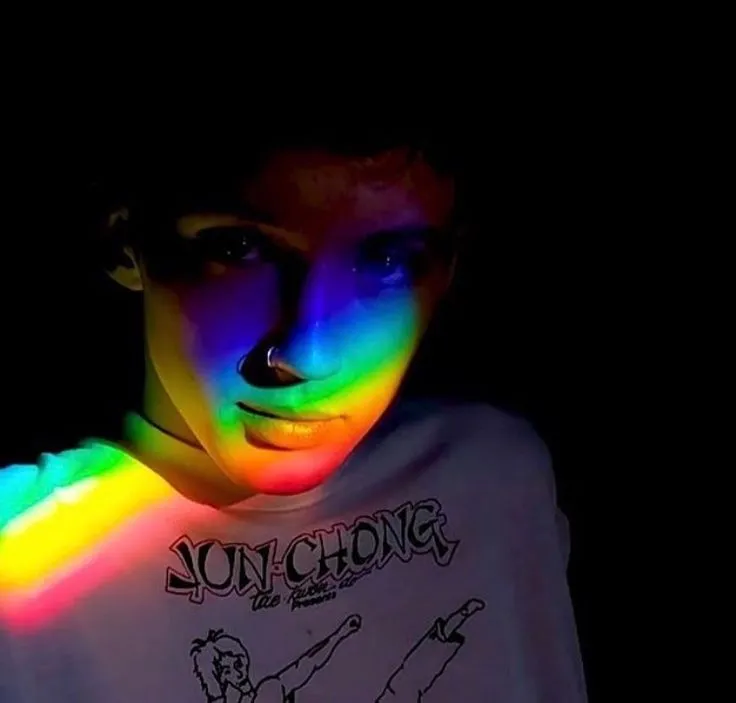
From the melancholic blues of heartbreak to the burning reds of desire, every project, every music video, and every live performance is drenched in a carefully curated spectrum of colors. But what if it’s not just an artistic decision?
What if Troye Sivan’s colors are something much more deliberate, calculated, and deeply personal?
Could it be that Sivan’s world isn’t just painted in these shades for aesthetics, but because he experiences life itself through a hidden spectrum of emotions and colors?
This isn’t just about fashion choices or album covers. This is about how Sivan expresses emotions in a way that most artists never do—through a silent but powerful language of color.
Shades of Love, Loneliness, and Liberation
Troye Sivan’s evolution as an artist has been defined not just by sound, but by the colors that accompany each chapter of his journey.
Looking back at his career, it becomes clear that each era is bathed in a different palette, almost as if he’s guiding listeners through an emotional spectrum—one shade at a time.
The Deep Blues of Longing
When Blue Neighbourhood arrived, it didn’t just introduce us to Sivan’s ethereal vocals and deeply personal lyrics—it immersed us in a sea of blue.
Blue, the color of melancholy, nostalgia, and quiet longing.
From the washed-out indigo tones in “Fools” to the cold, lonely hues in “Talk Me Down”, this wasn’t just an album—it was a feeling. It was the story of a love that was real yet unreachable, a kind of longing that felt both beautiful and painful at the same time.
It wasn’t just the sound that conveyed these emotions—it was the visual storytelling, the color choices, and the way every frame felt like it was drowning in an unspoken sadness.
But then, something changed.
The Warm Pinks of Self-Acceptance
As Sivan stepped into his Bloom era, the colors shifted dramatically. Gone were the cold blues of longing, replaced by warm pinks, soft purples, and glowing corals.
Pink is the color of love, vulnerability, and freedom—and that’s exactly what Bloom represented. It was a rebirth, a chapter where Sivan no longer whispered about love—he embraced it, celebrated it, owned it.
Everything about this era, from the rosy glow of the “Bloom” music video to the pastel aesthetics of “Dance to This,” radiated a sense of soft, confident sensuality.
Sivan wasn’t just telling his story anymore—he was painting his world with it.
Then, the colors took an even bolder turn.
The Electric Reds of Passion and Rebellion
The arrival of Something to Give Each Other marked yet another shift—a world drenched in deep reds, golden ambers, and intoxicating hues of desire and liberation.
This was no longer the innocent pinks of self-discovery or the soft blues of longing—this was something fiercer, rawer, more alive than ever before.
-
Red is the color of passion, urgency, fire.
-
It is the color of heat, of bodies colliding, of love that is felt as much as it is lived.
-
It is the opposite of restraint. It is desire in its purest form.
And that’s exactly what this era represents.
Songs like “Rush” don’t just sound euphoric—they look euphoric. Every music video, album cover, and performance is drenched in hues that seem to pulse with energy, mirroring the unfiltered, unrestrained emotions of the music itself.
But the question remains—why does this matter?
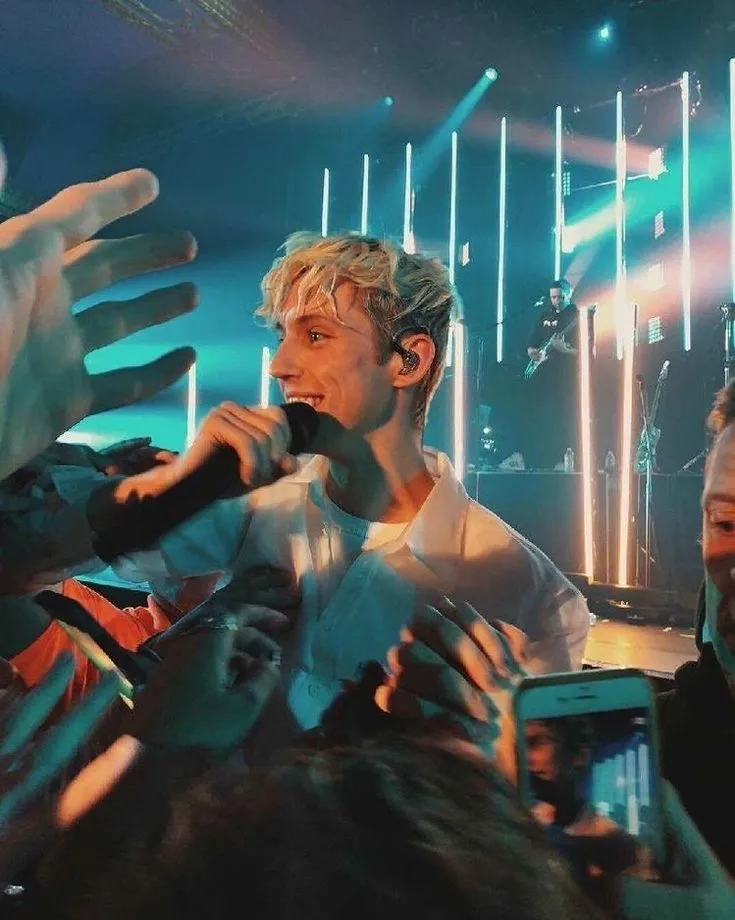
Because Sivan doesn’t just make music—he creates entire worlds, and every color is a doorway into his emotions.
A Synesthetic Mastermind: Seeing Sound, Feeling Color
Some artists write in words. Others compose in melodies. But Troye Sivan seems to create in colors.
There’s a reason his music videos feel like paintings that breathe, why his performances feel like stepping into another universe. His artistic choices aren’t just visual decorations—they are deeply psychological tools meant to evoke something greater.
In a way, it’s almost as if Sivan experiences music as color itself—a form of synesthesia, where sound translates directly into visuals.
-
The hazy yellows in “Angel Baby” feel like golden nostalgia, like love fading into a memory.
-
The moody neons of “My My My!” vibrate with reckless excitement, like a heartbeat racing under city lights.
-
The dark violets in “Talk Me Down” whisper of secrets left unsaid, of a love that lingers in the shadows.
It’s almost as if Sivan isn’t just creating music for the ears, but for the eyes and the soul as well.
Could it be that he sees the world in a way most people don’t—through a lens of color, where emotions take on physical shades?
The Hidden Message in Troye’s Colors
Artists always leave pieces of themselves in their work. Some hide them in lyrics, some in melodies, some in subtle whispers between the notes.
But Sivan? He leaves them in colors.
Every album, every song, every carefully curated aesthetic is a code waiting to be cracked. He doesn’t just tell his audience how he feels—he shows them, through the very shades he chooses to immerse them in.
And perhaps that is the greatest mystery of Troye Sivan’s world.
A world where colors are more than just visuals. Where blue isn’t just a color—it’s heartbreak. Where pink isn’t just soft—it’s rebirth. Where red isn’t just love—it’s fire.
A world where emotions don’t just exist—they take shape, they breathe, they surround you in a way that feels almost tangible.
The question is: Have you been paying attention?
Because if you look closely enough, if you truly see the world through Troye Sivan’s colors, you might just find yourself standing inside his emotions—feeling them, living them, and maybe even seeing them in a way you never have before.








